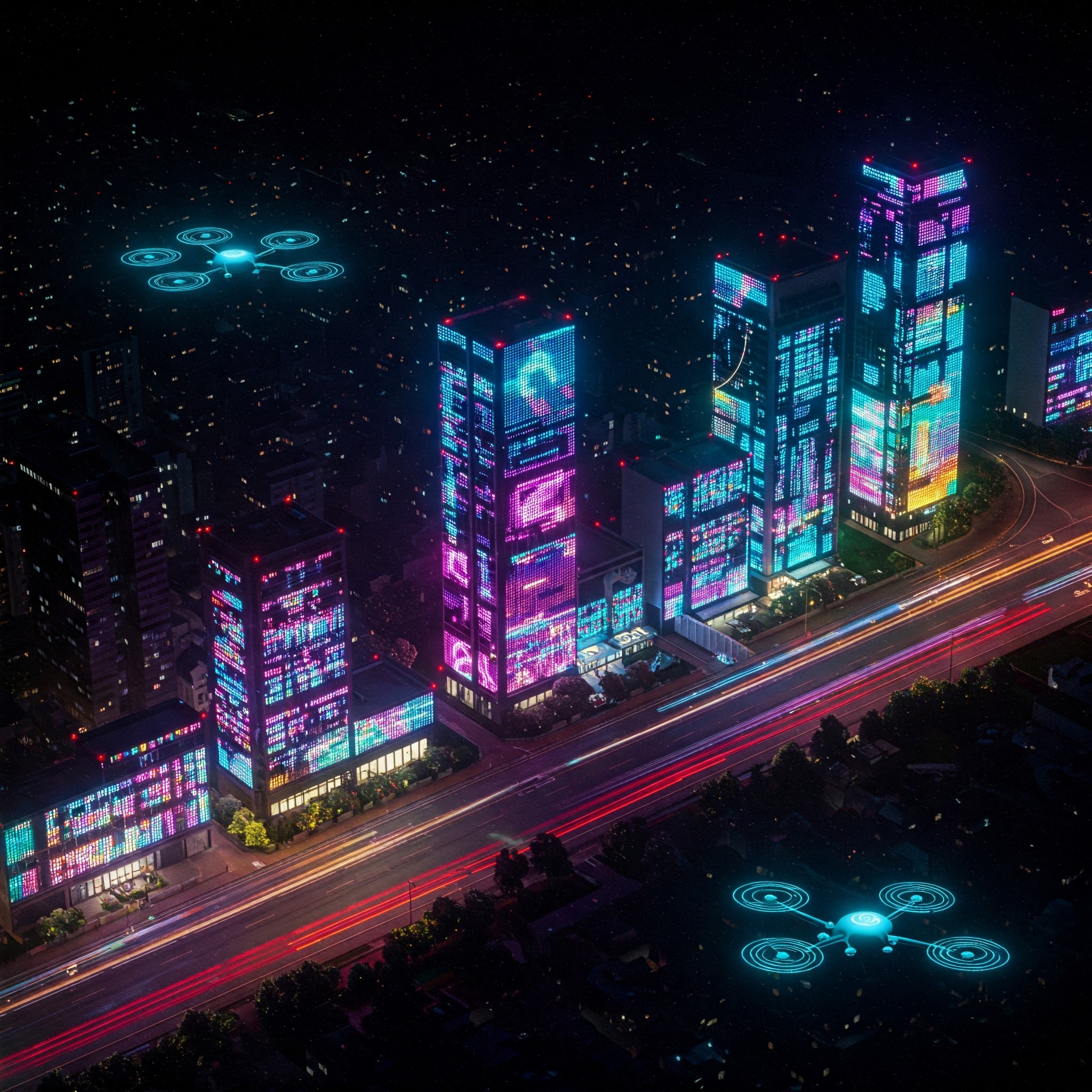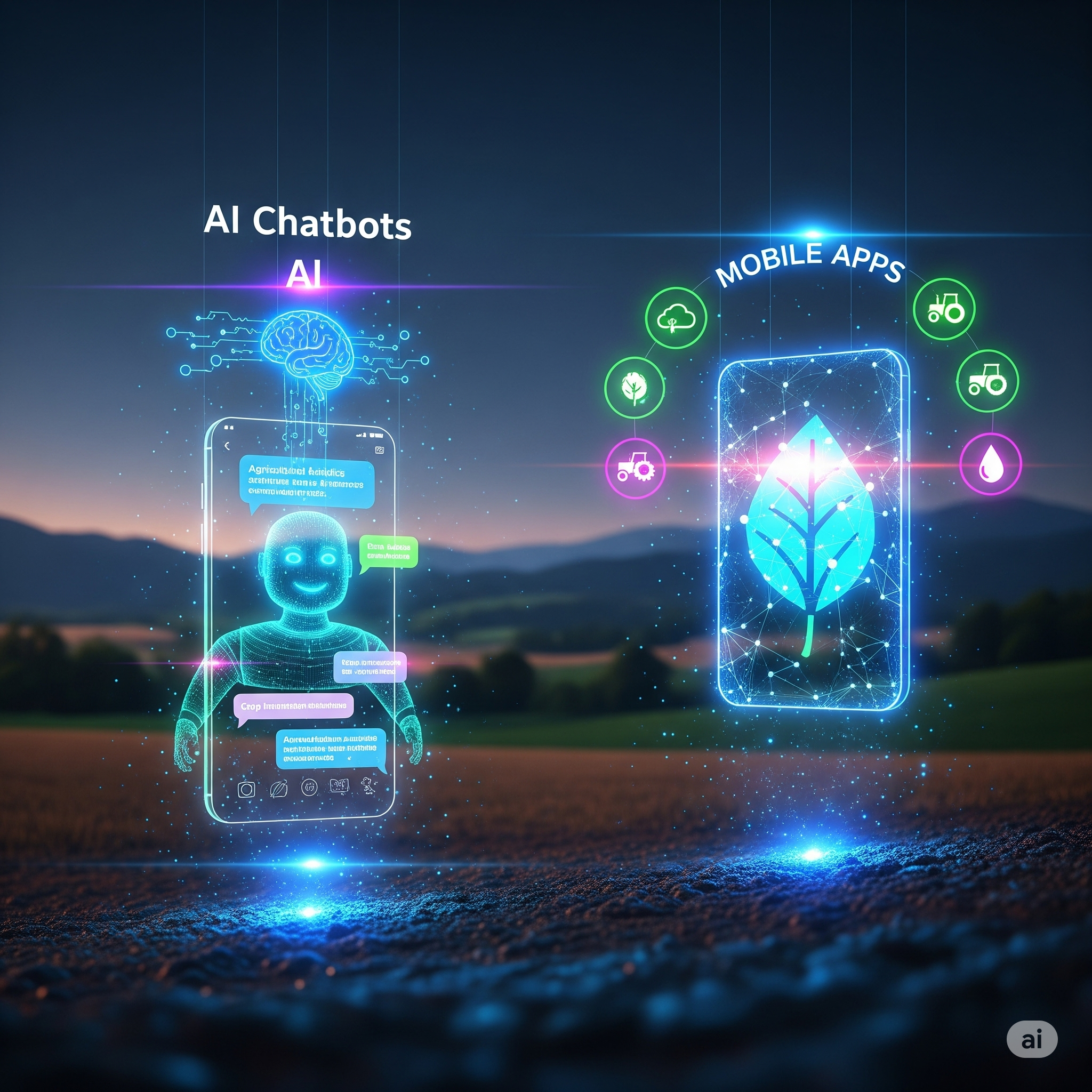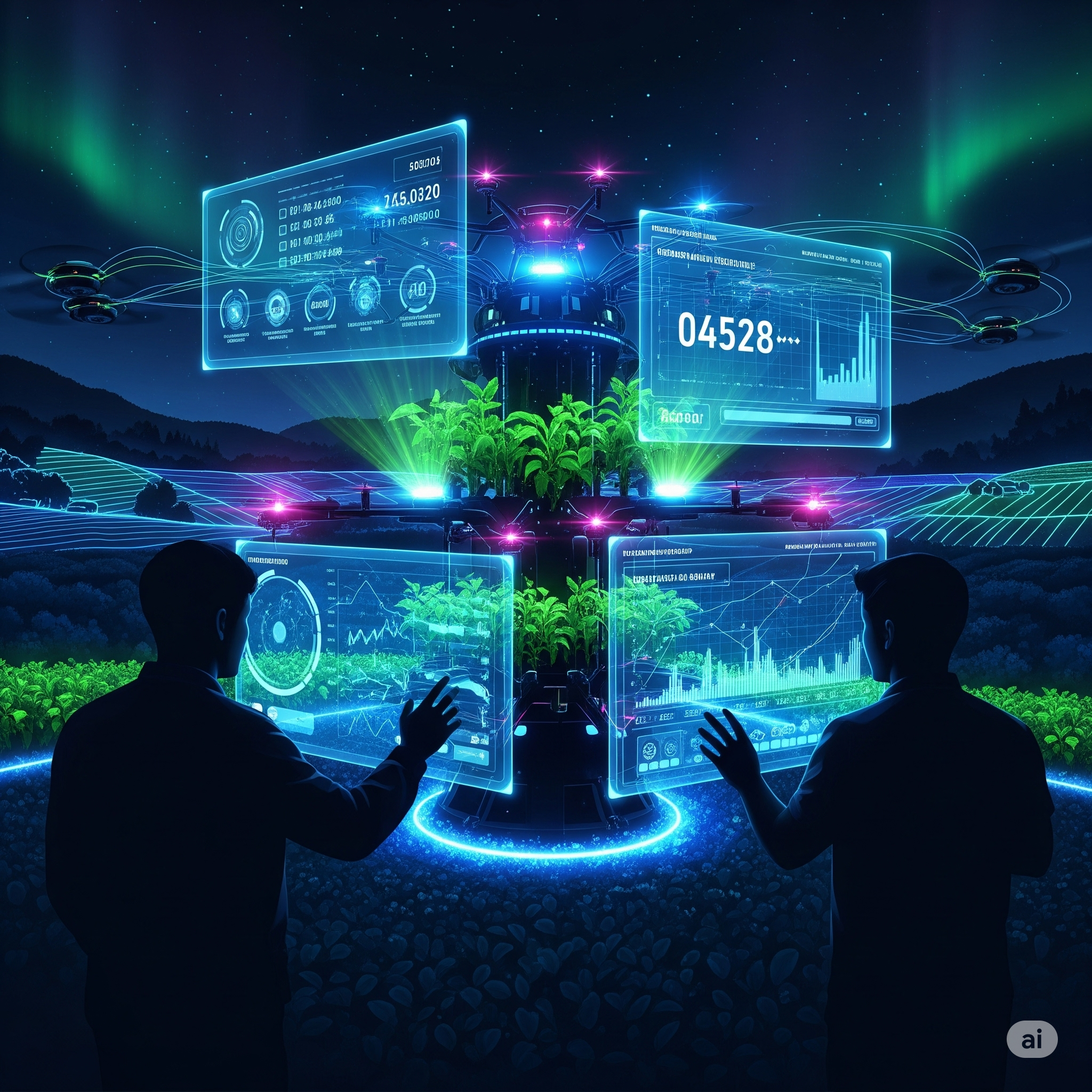Introduction
The rapid urbanization of the 21st century presents a dual challenge: accommodating growing urban populations while ensuring sustainability, efficiency, and livability. The solution lies in Smart Cities — urban areas that leverage digital technologies to enhance performance, well-being, and reduce costs and resource consumption. Among these technologies, Artificial Intelligence (AI) plays a pivotal role. With its ability to analyze large datasets, predict trends, automate responses, and optimize resource use, AI is revolutionizing urban infrastructure and governance.
This article explores how AI-driven infrastructure is transforming cities into smart, efficient, and citizen-centric spaces.
What are Smart Cities?
Smart Cities are urban areas that integrate information and communication technologies (ICT) and Internet of Things (IoT) solutions to manage city assets and services effectively. These services include transportation systems, water supply, waste management, law enforcement, and public services.
Key characteristics of smart cities include:
- Real-time data collection and analysis
- Efficient public services
- Environmental sustainability
- Improved quality of life
- Citizen participation and transparency
The Role of Artificial Intelligence in Smart Cities
Artificial Intelligence is the engine behind smart cities. It supports the management of infrastructure by enabling:
- Predictive analytics for future planning
- Automation of public utilities and services
- Smart decision-making through real-time data processing
- Personalized citizen services
The integration of AI with IoT and Big Data creates a synergistic system where machines not only collect and transmit data but also learn from it to improve future performance.
AI-driven Infrastructure: Key Components
1. Smart Transportation Systems
AI revolutionizes urban mobility by making transportation systems more responsive, safe, and efficient.
Applications:
- Traffic Prediction and Management: AI algorithms analyze real-time traffic data to control signal timing, prevent congestion, and suggest alternative routes.
- Autonomous Vehicles: AI enables self-driving cars and buses that reduce human error, fuel usage, and emissions.
- Public Transport Optimization: AI helps plan bus and metro schedules based on passenger data, reducing wait times and increasing efficiency.
Example: In cities like Singapore, AI is used to dynamically manage traffic lights, reducing congestion and improving traffic flow during peak hours.
2. Smart Energy Management
Energy systems are being upgraded with AI to ensure better efficiency and sustainability.
Applications:
- Smart Grids: AI manages electricity distribution, detects faults, and balances demand and supply.
- Energy Consumption Forecasting: AI predicts usage patterns and adjusts distribution accordingly.
- Integration with Renewables: AI coordinates energy from solar and wind sources, ensuring stability in supply.
Example: In Barcelona, AI-powered smart meters help monitor and control energy consumption across households and public infrastructure.
3. Intelligent Waste Management
Waste management becomes more efficient with AI-driven systems.
Applications:
- Smart Bins: Equipped with sensors, these bins alert authorities when they’re full, optimizing collection routes.
- Recycling Automation: AI-driven robots sort waste into recyclables and non-recyclables.
- Predictive Maintenance: AI predicts when waste-processing machines require maintenance, reducing downtime.
Example: Sweden uses AI in its recycling plants to automatically classify and sort waste, enhancing efficiency and sustainability.
4. Water Resource Management
AI helps in optimizing the usage, quality, and distribution of water.
Applications:
- Leak Detection Systems: AI sensors detect leaks and prevent wastage.
- Smart Irrigation: AI uses weather and soil data to control water flow to urban green areas.
- Water Quality Monitoring: AI analyzes samples in real-time to detect contaminants and ensure safety.
Example: In cities like Amsterdam, AI monitors water quality across canals and public supply systems.
5. AI for Urban Planning and Development
Urban planners now use AI tools for data-driven development decisions.
Applications:
- Land Use Optimization: AI suggests the best use of land based on socio-economic and environmental data.
- Simulation Models: AI runs simulations of infrastructure projects to predict outcomes.
- Building Design and Construction: AI automates architectural planning and construction workflows.
Example: In Toronto, the Sidewalk Labs project used AI to propose designs that optimize sunlight, traffic, and community interaction.
6. Public Safety and Surveillance
AI is instrumental in creating safer cities through intelligent surveillance and predictive policing.
Applications:
- Facial Recognition: AI aids in identifying criminals and locating missing persons.
- Crime Prediction: Machine learning models analyze crime data to forecast hotspots.
- Emergency Response Systems: AI integrates with 911 systems to allocate resources faster and more efficiently.
Example: In New York City, AI systems analyze surveillance footage and alert authorities to unusual activities in real-time.
7. Healthcare and Emergency Management
Smart cities also focus on the health and well-being of their citizens through AI integration.
Applications:
- Smart Ambulances: AI systems help find optimal routes and traffic-free paths.
- Disease Surveillance: AI monitors public health data for outbreaks.
- Healthcare Robots and Chatbots: AI assists in primary diagnosis and patient interaction.
Example: During the COVID-19 pandemic, cities like Seoul used AI for contact tracing, quarantine management, and risk prediction.
8. E-Governance and Citizen Engagement
AI empowers governments to provide responsive and citizen-centric services.
Applications:
- Chatbots and Virtual Assistants: Handle queries about services like water supply, electricity, or transport.
- Sentiment Analysis: AI tools monitor citizen feedback on social media and help tailor public policies.
- Data Dashboards: Provide real-time updates about city conditions, enhancing transparency.
Example: Estonia’s AI-powered governance model includes digital IDs and chatbots for public service delivery.
Advantages of AI-driven Smart City Infrastructure
- Enhanced Efficiency: AI automates repetitive tasks, streamlining operations.
- Improved Resource Allocation: Data-driven insights allow better budgeting and resource distribution.
- Sustainability: AI helps reduce carbon emissions, energy wastage, and pollution.
- Better Quality of Life: Faster public services, cleaner environments, and safer cities.
- Real-time Decision Making: AI enables dynamic response to emerging urban challenges.
Challenges and Concerns
Despite the promise, AI-driven smart cities face several challenges:
1. Data Privacy and Security
Massive data collection poses risks to individual privacy. Without strong data protection laws, citizens may be vulnerable to misuse of personal information.
2. High Implementation Costs
Deploying AI infrastructure demands substantial investment in hardware, software, and training.
3. Technological Dependence
Over-reliance on AI may create vulnerabilities during system failures or cyberattacks.
4. Digital Divide
Not all citizens have equal access to digital infrastructure, which may exacerbate inequality.
5. Ethical Concerns
Use of facial recognition and surveillance raises issues related to consent, bias, and misuse.
Global Case Studies of AI-powered Smart Cities
1. Singapore
One of the most advanced smart cities globally, Singapore uses AI in traffic management, waste disposal, and predictive maintenance of infrastructure.
2. Dubai
Dubai’s Smart City initiative leverages AI in governance, healthcare, and smart mobility, supported by the Dubai AI Lab.
3. Helsinki
Helsinki uses open data and AI for urban planning and has developed a city-wide AI strategy focused on ethics and transparency.
4. India: Smart Cities Mission
Launched in 2015, the Smart Cities Mission in India seeks to develop 100 smart cities across the country. AI is being used for surveillance (e.g., in Bhopal), waste management (e.g., Indore), and traffic control (e.g., Pune).
The Future of AI in Smart Cities
AI’s role in smart cities will only grow as technologies like 5G, quantum computing, and edge computing mature. Future innovations may include:
- Digital twins of entire cities for real-time simulation and planning.
- AI governance systems that use citizen feedback to automatically adapt policies.
- Urban drones for delivery, surveillance, and monitoring infrastructure.
- AI-powered climate resilience models to help cities combat natural disasters and extreme weather.
The convergence of AI with urban systems has the potential to make cities more adaptive, resilient, and humane.
Conclusion
Smart cities with AI-driven infrastructure represent a transformative shift in how urban spaces are planned, managed, and experienced. By leveraging data and machine intelligence, cities can become more efficient, inclusive, and sustainable. However, this transformation must be guided by principles of transparency, equity, and ethical governance to ensure that technology serves all citizens, not just the privileged few.
As cities continue to evolve, AI will be both the architect and the engineer of the next urban revolution — building cities that not only think but also care.





These are truly wonderful ideas in oon the topic of blogging.
Yoou have touched some pleasant factors here. Any way keep up wrinting.